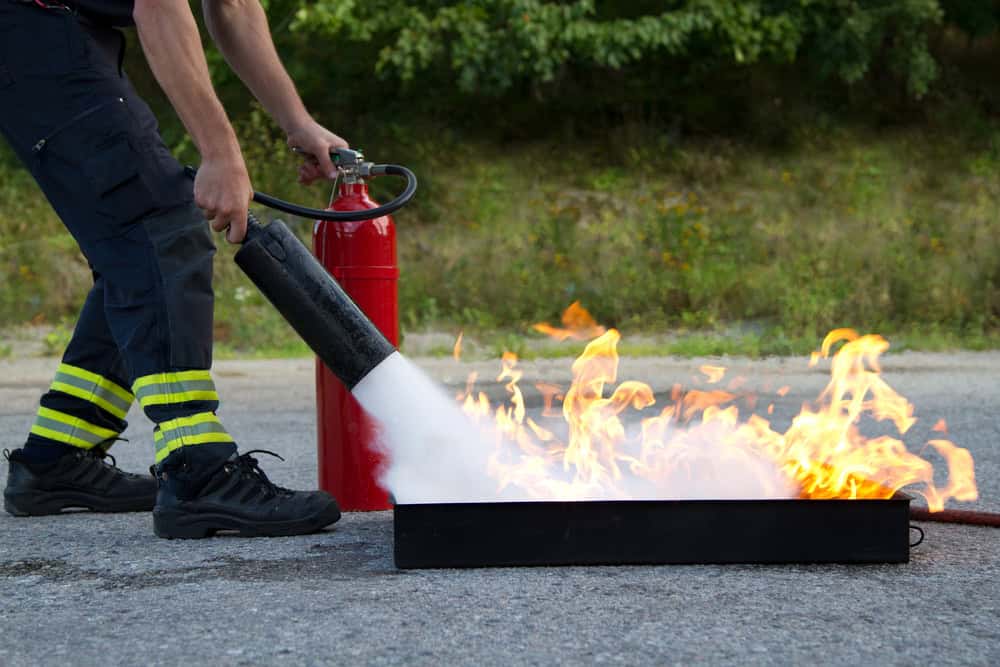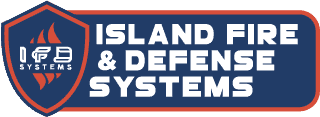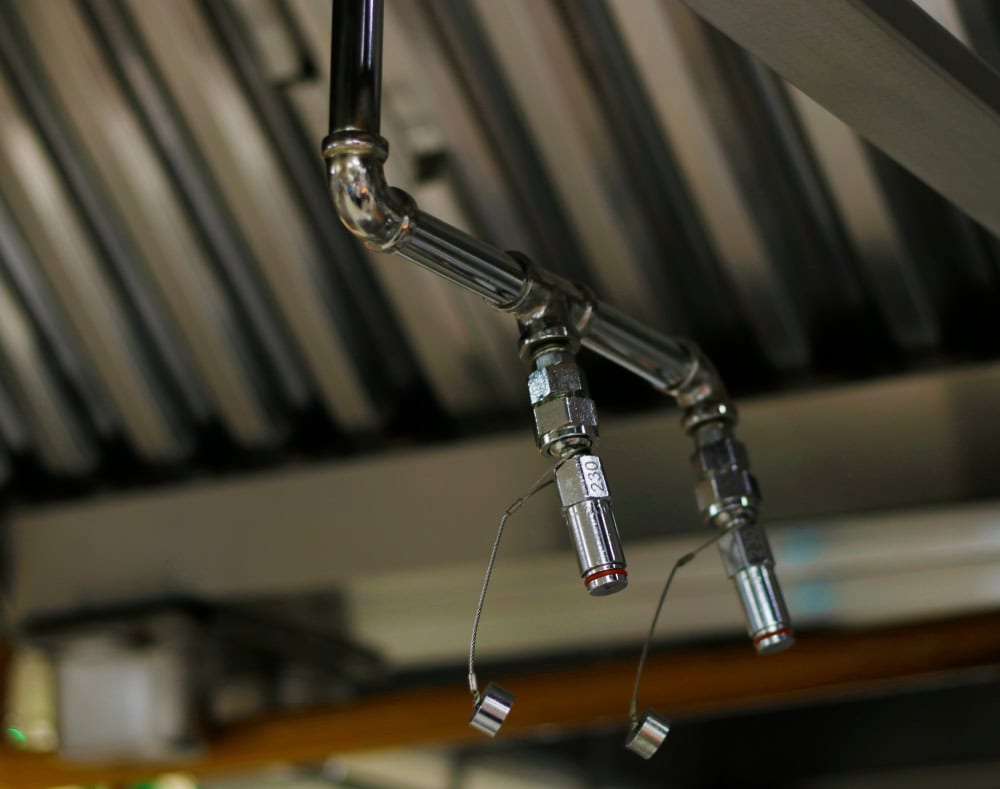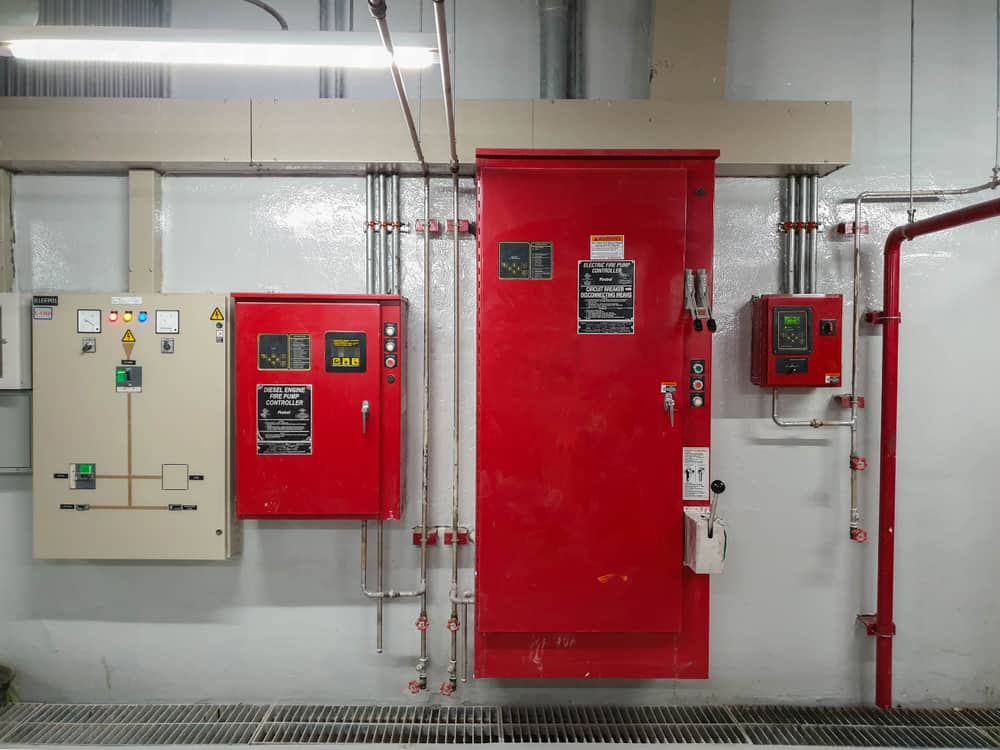Understanding the Importance of Regular Fire Extinguisher Maintenance
The Role of Fire Extinguishers in Safety
Fire extinguishers are vital for ensuring safety and compliance in any residential, commercial, or industrial setting. They act as the first line of defense against the initial outbreak of a fire, potentially preventing a small incident from escalating into a catastrophic event. To maintain their effectiveness, these devices must be kept in optimal working condition through regular inspections and maintenance. This ensures that they can function correctly at a moment’s notice, thereby significantly reducing the risk of extensive damage to property and ensuring the safety of occupants.
Legal Requirements for Fire Extinguisher Inspections
Regulations regarding fire safety are stringent, especially in densely populated areas like Long Island, NY. Local and state laws mandate that all commercial and residential buildings are equipped with fully functional fire extinguishers that meet specific standards. These standards typically require professional inspections at least once a year to certify their effectiveness.
Moreover, these laws are often updated to adapt to new safety research and technology, emphasizing the importance of partnering with knowledgeable fire safety professionals who stay informed about the latest compliance requirements. Non-compliance not only poses a risk to safety but can also lead to significant fines and legal consequences.

Professional Inspections vs. Monthly Visual Checks
Professional inspections are comprehensive evaluations conducted by certified fire safety technicians who follow a detailed checklist to ensure every aspect of the fire extinguisher’s functionality is tested. This includes checking for proper signage, unobstructed access, and correct mounting, as well as internal examination and pressure testing.
In contrast, monthly visual checks are more cursory, aimed at identifying obvious signs of malfunction or tampering, such as corrosion, leakage, or a needle in the red zone of the pressure gauge. While these visual checks are crucial, they do not replace the need for a detailed annual inspection by a professional, as they lack the technical rigor required to guarantee operational efficacy.
How to Schedule Your Fire Extinguisher Inspections
To ensure your fire extinguishers are inspected systematically and thoroughly, it is advisable to establish a partnership with a reliable fire and safety company. Companies like Island Fire & Defense Systems offer tailored inspection plans based on the specific needs of your business and the particular risks associated with your environment.
They can help schedule inspections at convenient times, minimizing disruption to your operations. A structured schedule not only helps in maintaining compliance but also ensures that every device is checked and maintained regularly, keeping your readiness against fire hazards at an optimal level.
Reach out today to talk to specialist
The Benefits of Regular Fire Extinguisher Maintenance
Engaging in regular maintenance routines for fire extinguishers provides numerous benefits beyond legal compliance. It ensures that the equipment will perform reliably in an emergency, protecting assets and lives. Furthermore, regular maintenance can significantly extend the service life of fire extinguishers, making it a cost-effective practice.
Well-maintained units are less likely to malfunction and more likely to pass inspections without requiring costly repairs or replacements. In addition, a well-documented maintenance history can enhance the credibility of your fire safety practices, which is beneficial for insurance purposes and helps maintain a positive reputation among customers and local authorities.
Tips for Implementing an Effective Inspection Program
To implement an effective fire extinguisher inspection program, start by educating your staff on the critical role these devices play in fire safety. Regular training sessions should be conducted to ensure that all employees are familiar with the locations of extinguishers and how to perform basic inspections and operate the devices in case of an emergency.
Additionally, maintaining a detailed inspection log can help track the health of each unit and identify patterns that might indicate frequent issues. Regular feedback sessions with your safety provider can also lead to improvements in your safety protocols, ensuring that your fire preparedness measures evolve with changes in your operating environment and regulatory updates.




